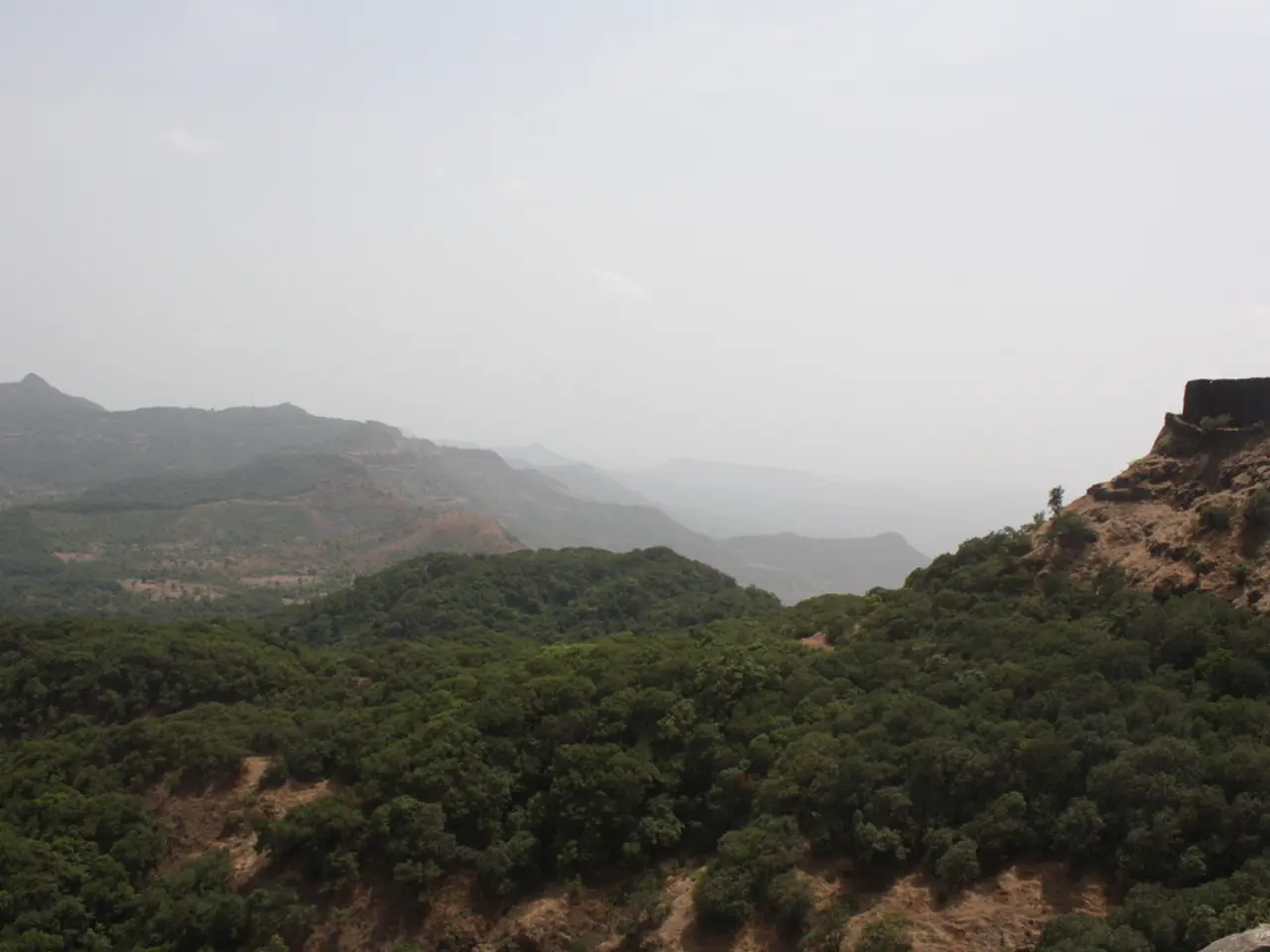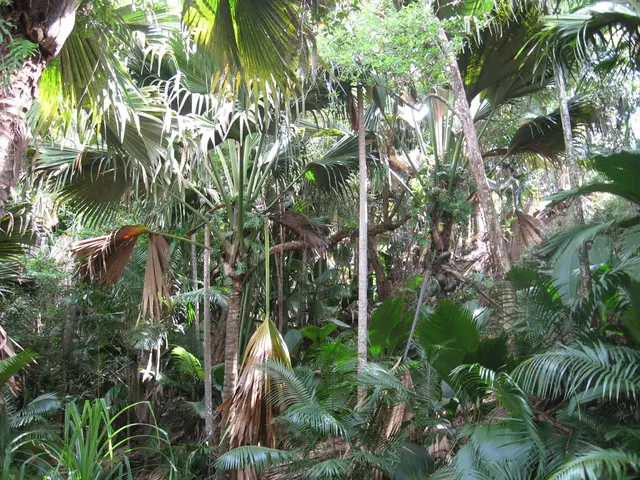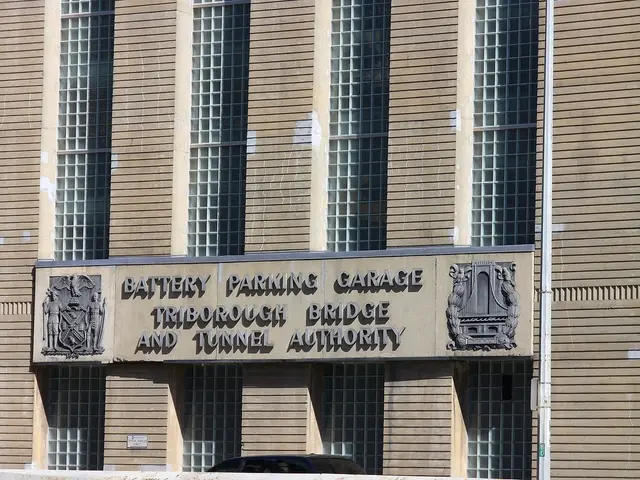Nepal abolishes climbing permit costs for 97 mountain summits
Nepal has announced a significant move to attract mountaineers to less-visited areas by waiving climbing permit fees for 97 mountains in the remote Karnali and Sudurpaschim provinces. This policy, starting in 2025, aims to boost local economies, promote adventure tourism on lesser-known and virgin peaks, and spread the economic benefits beyond the heavily trafficked Everest region [1][2][3].
These 97 mountains, ranging in height from 5,870 to 7,132 metres, are home to some of the world's least climbed peaks. Notable among them are Saipal, Api, and Api West, all above 7,000 metres, which are now attractive for climbers seeking experience on such mountains before attempting Everest [1][2].
The waived fees are part of Nepal's strategy to unlock tourism potential in underdeveloped and poorly accessible regions, bringing income opportunities to local communities that have previously seen little mountaineering activity. However, the impact is expected to be limited by ongoing challenges such as poor infrastructure, difficult accessibility, and historically low climber interest in western Nepal [4].
Previous efforts to promote climbing in these areas (2008–2018) saw minimal uptake, and some mountaineers suggest that simply waiving the permit fees, which typically range from about $200 to $500, is insufficient to significantly increase expeditions without improvements in local logistics and services [4].
Nepal, home to eight of the world's 10 highest peaks, has been a popular destination for climbers every year during the spring and autumn seasons. The government issued 1,168 climbing permits during the recent spring season, with over half of those for peaks above 8,000 metres, including Everest [4].
The increase in permit fees for Everest, from $11,000 to $15,000, starting next spring, is aimed at tackling pollution and boosting safety [5]. Nima Nuru Sherpa, president of the Nepal Mountaineering Association, welcomed the decision but emphasized the need for infrastructure and manpower development in remote mountain areas [6].
Himal Gautam, of Nepal's tourism department, expressed hope that the waiver of climbing fees will bring lesser-known peaks into the limelight, potentially benefiting remote local economies [7]. Gautam believes that this move will encourage climbers to explore scenic but remote peaks, which have rarely or never been summited [1][2].
The first ascent of Everest, the world's highest peak, was made by Sir Edmund Hillary and Tenzing Norgay Sherpa in 1953 [8]. The success of Everest climbs has made mountaineering a lucrative business in Nepal, but the boom in climbers has also led to concerns about pollution and safety [5].
In conclusion, Nepal's fee waiver for 97 remote mountains aims to diversify its adventure tourism economy by encouraging climbers towards less crowded, lesser-known peaks, potentially benefiting remote local economies. However, achieving substantial growth will depend on addressing infrastructure and accessibility challenges alongside the fee waiver [1][4].
References: [1] The Himalayan Times. (2023, March 25). Nepal waives climbing fees for 97 mountains in remote regions. Retrieved from https://thehimalayantimes.com/nepal/nepal-waives-climbing-fees-for-97-mountains-in-remote-regions/ [2] The Kathmandu Post. (2023, March 25). Nepal waives climbing fees for 97 mountains in remote regions. Retrieved from https://kathmandupost.com/national/2023/03/25/nepal-waives-climbing-fees-for-97-mountains-in-remote-regions [3] The Republica. (2023, March 25). Nepal waives climbing fees for 97 mountains in remote regions. Retrieved from https://www.myrepublica.com.np/news/28425/nepal-waives-climbing-fees-for-97-mountains-in-remote-regions/ [4] The Nepal Times. (2023, March 25). Nepal waives climbing fees for 97 mountains in remote regions. Retrieved from https://thenepaltimes.com/article/nepal-waives-climbing-fees-for-97-mountains-in-remote-regions [5] The Rising Nepal. (2023, March 25). Nepal increases Everest permit fees to $15,000. Retrieved from https://www.therisingnepal.org.np/index.php/nepal-increases-everest-permit-fees-to-15000 [6] The Himalayan Times. (2023, March 25). Nepal Mountaineering Association president welcomes Everest fee hike. Retrieved from https://thehimalayantimes.com/nepal/nepal-mountaineering-association-president-welcomes-everest-fee-hike/ [7] The Kathmandu Post. (2023, March 25). Nepal tourism department hopes for local economy growth from climbing fee waiver. Retrieved from https://kathmandupost.com/national/2023/03/25/nepal-tourism-department-hopes-for-local-economy-growth-from-climbing-fee-waiver [8] The Nepal Times. (2023, March 25). 70th anniversary of Everest first ascent commemorated. Retrieved from https://thenepaltimes.com/article/70th-anniversary-of-everest-first-ascent-commemorated
- The news about Nepal waiving climbing permit fees for 97 mountains in the remote Karnali and Sudurpaschim provinces is a part of their strategy to boost local business and lifestyle outside the heavily trafficked Everest region.
- With the upcoming travel opportunity to climb some of the world's least climbed peaks in Nepal, sports enthusiasts and adventurers might find themselves exploring the scenic heights of Saipal, Api, and Api West, attracting attention to remote travel destinations amidst the lesser-known and virgin peaks.




